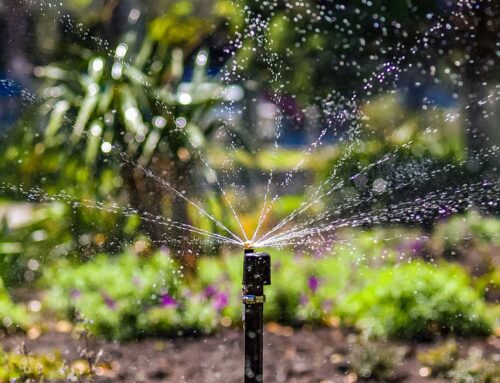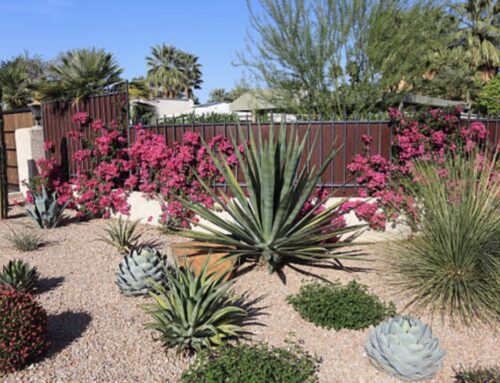The Coachella Valley is comprised of approximately 1,320 square miles, or 844,800 acres. Part of an extremely arid region, our valley receives on average 3-4 inches of rainfall per year.
With more than 124,000 acres of land requiring irrigation, we have four main sources of water:
- Aquifer: nearly all of the urban water used in the Coachella Valley comes from the aquifer, even if it didn’t originate there
- Colorado River Imports: this water is used primarily for agriculture and golf courses
- Some Surface Water: a small percentage of water comes from local streams
- Recycled Water: non-potable water that is distributed to public entities and golf courses (for outdoor use)
As our population increases, our growing demand for water is projected to increase 22 percent from 2006 to 2050 in the Coachella Valley. Our valley’s six water agencies have been working to ensure we are well prepared to meet this demand over the next three decades – through water conservation, recycled water, state water, groundwater and the Colorado River.
Water conservation campaigns play an important role in being prepared. Education and outreach to the community plays a key role, and includes school and community presentations, and of course our spokesperson, Splash, helps to get the word out. Rebates and incentives encourage residents to take advantage of water-saving ways and state-of-the-art devices. In addition, the water agencies and CV Water Counts offer helpful guides, tools, resources and workshops – all designed to conserve water.
In addition to conservation campaigns, state ordinances have been put into effect, and include:
- Landscape Choices: install more water efficient plants
- Irrigation Efficiency: install more water efficient irrigation systems
- Design: well-designed landscape areas can increase irrigation efficiency and reduce evapotranspiration
- Ground Cover: soil covering must be greater than 3 inches in depth to reduce surface evaporation and increase soil moisture
Permanent statewide water restrictions are also in effect, and prohibit:
- watering of lawns within 48 hours of a rainstorm
- hosing off sidewalks and driveways
- washing automobiles without a shut-off nozzle
- overwatering landscape to a point that causes run-off
As a result of everyone’s efforts to conserve, collectively – since June 2015, we have saved more than 42.5 billion gallons of water!. So, let’s keep up the good work and make sure we all do our part to save water.
Because, as you know, every drop counts!






